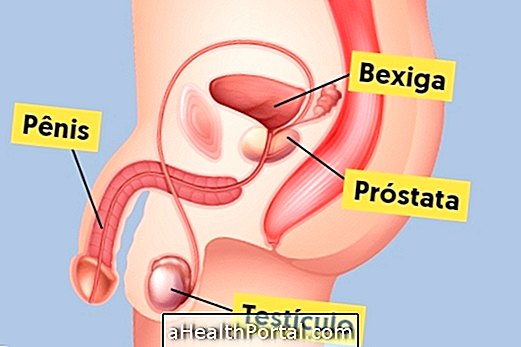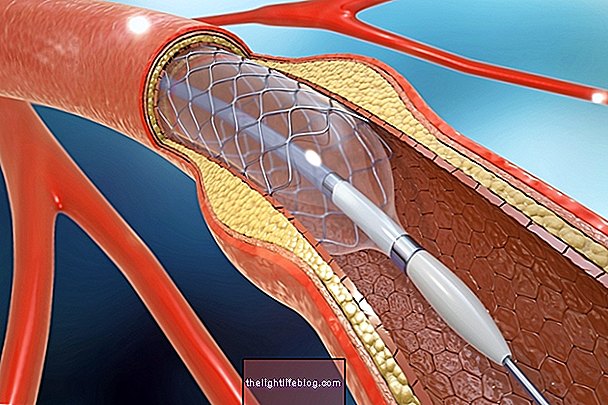Leigh syndrome is a rare genetic disease that causes the progressive destruction of the central nervous system, thereby affecting the brain, marrow or optic nerve, for example.
Generally, the first symptoms appear between 3 months and 2 years of age and include loss of motor abilities, vomiting and marked loss of appetite. However, in rarer cases, this syndrome may also appear only in adults, around the age of 30, evolving more slowly.
Leigh syndrome has no cure, but its symptoms can be controlled with medicines or physical therapy to improve the quality of life of the child.

What are the main symptoms
The first symptoms of this disease usually arise before the age of 2 years with loss of abilities that had already been acquired. Therefore, depending on the child's age, early signs of the syndrome may include loss of ability such as holding the head, nursing, walking, talking, running, or eating.
In addition, other very common symptoms include:
- Loss of appetite;
- Frequent vomiting;
- Excessive irritability;
- Convulsions;
- Delayed development;
- Difficulty gaining weight;
- Decreased strength in arms or legs;
- Muscle tremors and spasms;
With the advancement of the disease, it is still common to increase and lactic acid in the blood, which when it is in great quantity, can affect the functioning of organs like the heart, the lungs or the kidneys, causing difficulty in breathing or increase of heart, for example.
Already when symptoms appear in adulthood, the first symptoms are almost always related to vision, including the appearance of a whitish layer that impairs vision, progressive loss of vision or dullness (loss of ability to distinguish between green and red ). In adults, the disease progresses more slowly and, thus, muscle spasms, difficulty coordinating movements and loss of strength only begin to appear after the age of 50.
How is the treatment done?
There is no specific form of treatment for Leigh Syndrome, and the pediatrician must adapt the treatment to each child and their symptoms. Thus, a team of professionals may be required to treat each symptom, including a cardiologist, neurologist, physiotherapist, and other specialists.
However, a treatment widely used and common to almost all children is vitamin B1 supplementation, since this vitamin helps protect the membranes of central nervous system neurons, delaying the course of the disease and improving some symptoms.
Thus, the prognosis of the disease varies greatly, depending on the problems caused by the disease in each child, however, life expectancy remains low because the most serious life-threatening complications usually arise near adolescence.
What causes the syndrome
Leigh syndrome is caused by a genetic change that can be inherited from the father and mother, even if the parents do not have the disease but there are cases in the family. It is therefore recommended that people with cases of this disease in the family do genetic counseling before becoming pregnant to know the chances of having a child with this problem.
























